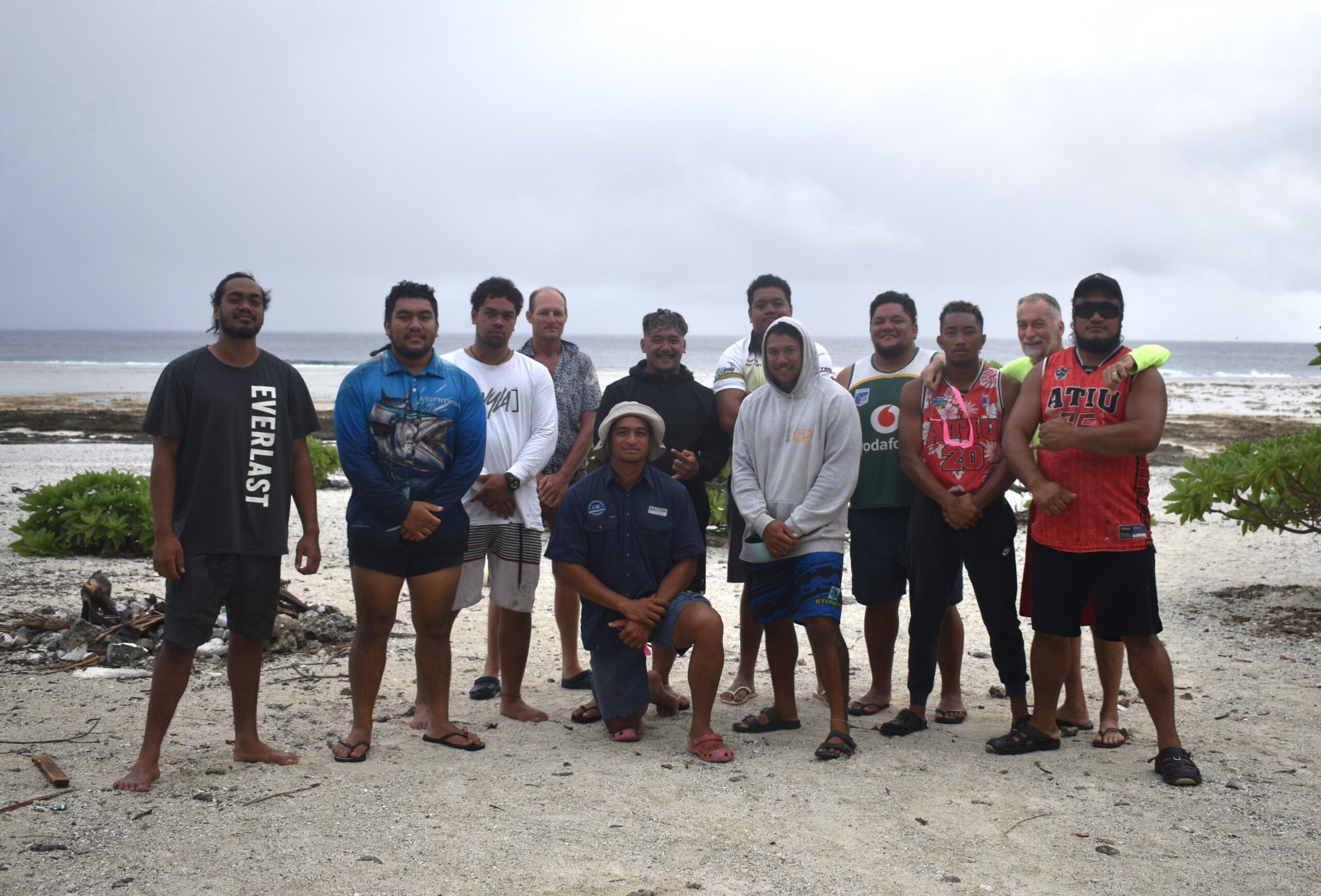The best place to go to see some boobies.
Way back in 2006 the Atiu Island Trust requested Te Ipukarea Society to assist them in eradicating all the rats from Takutea. Planning started shortly after that, and eventually, with the assistance of BirdLife International, in 2014 we visited Takutea and conducted a feasibility study for rat eradication. It has been a long time coming, but at last this year we have managed to mobilise the considerable resources, with the assistance of the Cook Islands Voyaging Society (Marumaru Atua), needed to get the job done.
Takutea is an important bird area, located 22 km north west of Atiu and about 220 km North east Rarotonga. It is home to a wealth of bird biodiversity, including Brown Boobies (Kena), Red Footed Boobies (Toroa), Masked Boobies (Lulu), Red Tailed Tropic Birds (Tavake), Frigate Birds (Kota’a) and Bristle Thighed Curlews (Teue) among many others. Administratively Takutea is managed by the Takutea Trust on Atiu, and comes under the Environment Act 2003 by way of the Environment (Takutea) Regulations 2008.
The rat eradication project for Takutea is now officially completed, with the vaka Marumaru Atua returning the last of the team to Rarotonga on Saturday 3rd November. This last half of the project, over a 2 week period involved a final round of baiting across the entire motu to ensure every rat present had eaten at least one bait. The first round of baiting was conducted from 28 August 2024, when the Marumaru Atua left Rarotonga for Atiu and Takutea to drop fieled supplies and the first track cutting and baiting team.
The second round of baiting started on Tuesday October 22nd, which was exactly 6 weeks after the first round started. The purpose of this 2nd round was to make sure any young rats that were not active during round 1, were now out and about and would have access to fresh bait.
The field team for round 2 camped on Takutea for 11 days, and did not see any signs of rats during their stay. This was a good sign, but we will not be sure all the rats have gone until about 12 months from now. If any rats had survived, they would reproduce quickly to large numbers, easily seen after one year. At the high rate that rats reproduce, one pregnant rat could generate 1000 rats after only 1 year, and a million rats after 2 years (if there was enough food and room for them on Takutea to sustain them).
Rat free islands have biodiversity benefits which include enhanced nesting seabird populations and improved vegetation growth. We may see larger numbers of ground nesting birds in particular, such as Sooty Terns. The Atiu Island Government have plans for some small scale agriculture on Takutea and not having to deal with rats eating new shoots will be a big help to their efforts.
A very important next step is to develop and implement a biosecurity plan to ensure that rats do not re-infest Takutea. This will aso help keep out other invasive animals such as ants and invasive plants. The most likely source for these will be visiting boats. Te Ipukarea Society are in the process of assisting with the development of a draft biosecurity plan for presentation to the Atiu community.
The Takutea eradication was a collaboration between the Cook Islands Voyaging Society, Island Conservation, BirdLife International, the Atiu Island Government, Takutea Trust, Takili Talagi-Tairi, and Te Ipukarea Society. We are grateful to SPREP through PRISMSS for their support and the generous NZ MFAT funding in helping bring the long planned Takutea project to fruition.
The “rat assassin” field team for phase two included, from left to right:
Tamati Taverio, Ezekiela Ezekiel Patukura, Jireh Paratainga, Steve Cranwell, Joshua Jim,Tangimetua Akava, Teinakore Matakino, Metua Mitchell, Tai Jimmy, Noera Ngatokotoru Junior George, Kelvin Passfield, Enua Wichman,

